

Table of Contents
ToggleIntroduction: Modular Kitchen Shutters
When it comes to designing your dream kitchen, every detail matters. The choice of materials for your modular kitchen shutters is a crucial decision that impacts both the aesthetics and functionality of your kitchen. In this comprehensive guide, we’ll take you step by step through the process of selecting the best material for your modular kitchen shutters with Mettas Lifestyle.
Step 1: Understanding the Importance of Kitchen Shutters
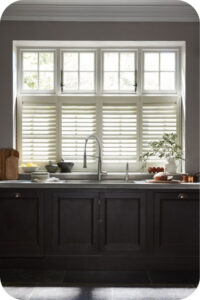
Kitchen shutters are not just elements of decoration; they play a vital role in the overall performance and durability of your kitchen. They protect your storage, hide clutter, and contribute to the visual appeal of the space. Therefore, it’s essential to choose materials that balance both form and function.
Step 2: Consider the Material Options
Several materials are commonly used for modular kitchen shutters. Let’s explore the most popular choices:
1. Plywood:
Plywood is a versatile material made from layers of wood veneers. It is a popular choice for kitchen shutters due to its durability and affordability. Plywood shutters can be customized to various finishes, making them a practical and cost-effective option.
2. MDF (Medium Density Fiberboard):
MDF is an engineered wood made by compressing wood fibers with resin. It’s known for its smooth surface, making it ideal for painting and finishing. MDF shutters offer a sleek and modern look but may not be as water-resistant as some other options.
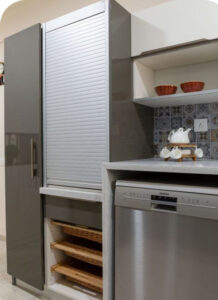
3. Particleboard:
Particleboard is another engineered wood product made from wood chips and glue. It’s a budget-friendly choice but may not withstand moisture well. It’s essential to use particleboard with a good-quality laminate for durability.
4. HDF (High-Density Fiberboard):
HDF is similar to MDF but denser. It provides a smoother and more robust surface. HDF shutters are an excellent option for a modern, high-end kitchen look.
5. Solid Wood:
Natural wood shutters are the epitome of elegance. They offer a timeless and warm look. While solid wood is durable, it may require more maintenance to prevent warping due to moisture exposure.
Step 3: Assess Your Kitchen’s Environment

Your kitchen’s environment plays a significant role in determining the ideal material for your modular shutters. Consider factors such as:
Humidity: If your kitchen is prone to high humidity, it’s crucial to select moisture-resistant materials. Plywood, MDF, and HDF with good-quality laminates are better choices in such environments.
Heat: Kitchens often experience temperature fluctuations. Materials like solid wood may expand and contract with temperature changes, so consider more stable materials like plywood or MDF.
Budget: Your budget is an important factor. Plywood, MDF, and particleboard are cost-effective options, while solid wood tends to be more expensive.
Step 4: Determine Your Style and Finish
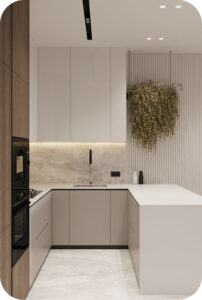
The style of your kitchen and your preferred finish play a crucial role in material selection. Consider the following aspects:
Aesthetics: Do you want a modern, sleek look or a more traditional, classic appearance? Materials like MDF and HDF offer a smooth surface for a modern finish, while solid wood provides a timeless charm.
Color and Finish: Some materials are more suitable for specific finishes. MDF, for example, takes paint exceptionally well, allowing for a wide range of color options. On the other hand, solid wood showcases its natural grain beautifully when stained or finished with a clear coat.
Step 5: Durability and Maintenance
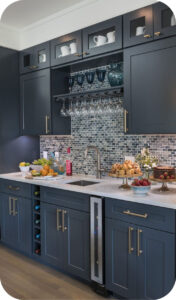
Think about the level of maintenance you’re willing to commit to. Some materials require more care than others. Solid wood, for instance, may need periodic polishing and protection against moisture, while laminated options like MDF and HDF are relatively low-maintenance.
Step 6: Eco-Friendly Options
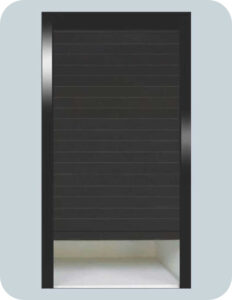
For those concerned about the environment, look for eco-friendly materials. Plywood made from sustainable sources and low-VOC (volatile organic compounds) finishes are excellent choices.
Step 7: Seek Professional Advice
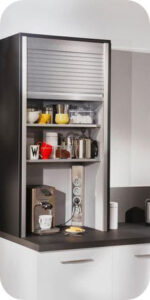
It’s always a good idea to consult with a kitchen designer or a professional who specializes in modular kitchens. They can assess your kitchen’s specific requirements and provide valuable insights on the best material choice.
Step 8: Final Decision
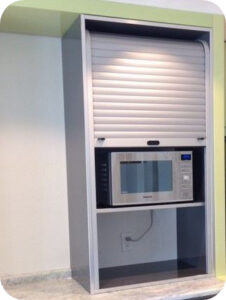
After considering all the factors, make an informed decision. Select the material that aligns with your budget, style, and the practical demands of your kitchen. Remember that modular kitchen shutters are a long-term investment, so choose a material that provides both aesthetics and functionality.
Conclusion
In conclusion, selecting the right material for your modular kitchen shutters is a crucial decision in the journey to create your dream kitchen. It’s not just about aesthetics; it’s also about functionality and durability. By following the steps outlined in this guide, you can make an informed choice that suits your kitchen’s environment, style, and maintenance preferences.
The variety of materials available, from cost-effective plywood to the sleekness of MDF and the timeless elegance of solid wood, ensures that you can find the perfect fit for your kitchen. Remember that your choice will impact your kitchen’s long-term performance and appearance, making it essential to choose the material that provides the best balance of form and function.
Now, let’s address some frequently asked questions (FAQs) to provide further clarity on the topic of modular kitchen shutters.
Related topics you must read: The Best Benefits of Rolling Shutters in Modular Kitchen Cabinets
FAQs
Modular kitchen shutters are the doors or front panels of the cabinets and storage units in a modular kitchen. They are essential for both functional and aesthetic reasons, providing access to the kitchen’s storage and contributing to the overall look of the space.
To determine the right material for your kitchen shutters, consider factors such as your kitchen’s environment (humidity, heat), your budget, preferred style and finish, maintenance preferences, and eco-friendly options. Seeking professional advice can also help you make an informed decision.
Plywood and particleboard are often the most budget-friendly options for modular kitchen shutters. They provide durability and customization at a reasonable cost.
For a high-humidity kitchen environment, materials like plywood, MDF, and HDF with good quality laminates are recommended. These materials offer moisture resistance and durability, making them suitable for such conditions.
MDF and HDF with laminates are relatively low-maintenance options. They are easy to clean and require less care compared to materials like solid wood, which may need periodic polishing and protection against moisture.
Yes, you can combine different materials for your kitchen shutters to achieve a customized look. For instance, you can use MDF for painted shutters and solid wood for a natural finish in specific areas to create a unique design.
The ideal choice strikes a balance between aesthetics and functionality. Your kitchen shutters should complement the style of your kitchen while meeting the demands of daily use. Consider your lifestyle and preferences when making the decision.
To make your kitchen shutters more eco-friendly, opt for materials made from sustainable sources and finishes with low-VOC (volatile organic compounds). These choices reduce the environmental impact and promote healthier indoor air quality.
The lifespan of modular kitchen shutters depends on the material chosen, the quality of installation, and the level of maintenance. Well-maintained shutters can last for many years, with materials like solid wood having the potential for an extended lifespan due to their durability.
Yes, it’s possible to change the material of your kitchen shutters in the future. However, it may involve some renovation work. Consider discussing the process with a professional if you plan to switch materials later on.

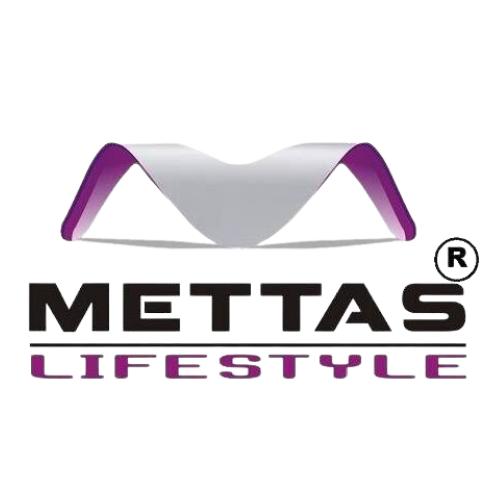
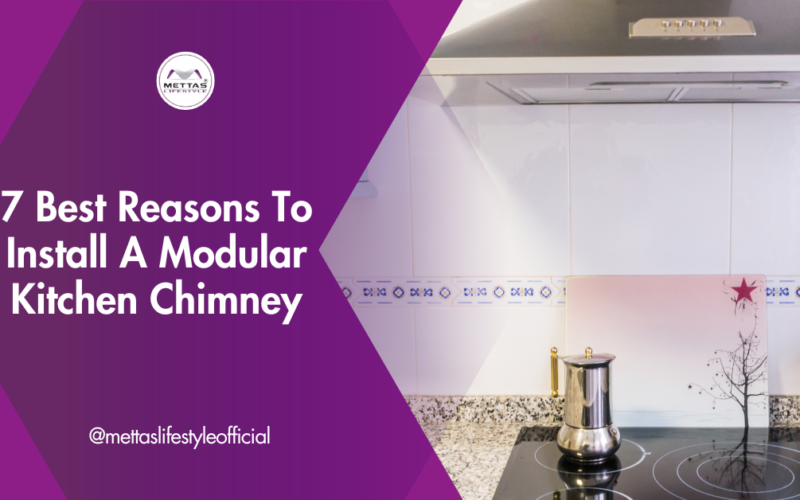
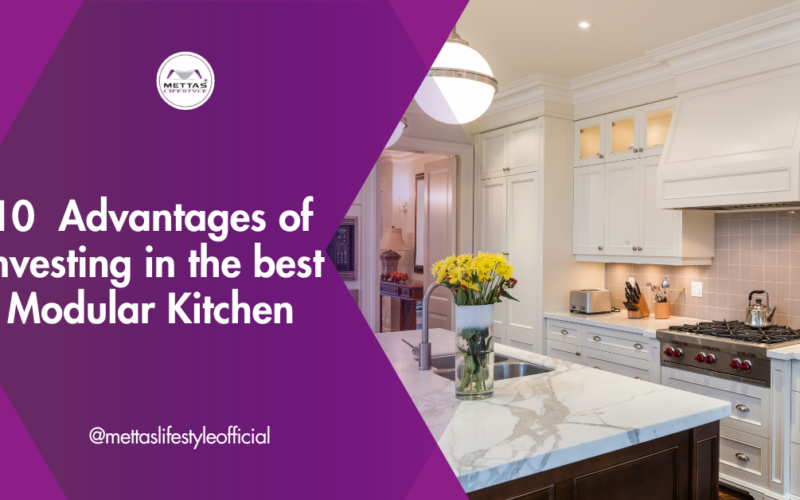
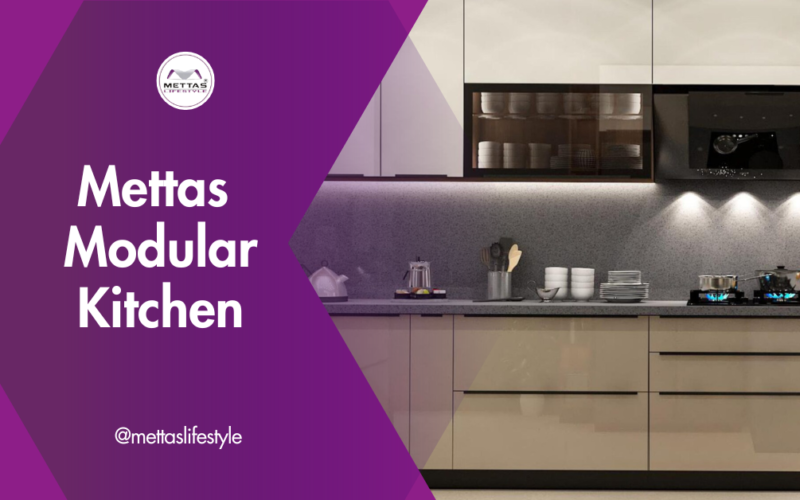
3 comments. Leave new
[…] Related topics you must read: Which Material Is Best For Modular Kitchen Shutters? […]
[…] Related topics you must read: Which Material Is Best For Modular Kitchen Shutters? […]
[…] Have questions about your next renovation project? We’ve got answers. Let’s do this together. […]